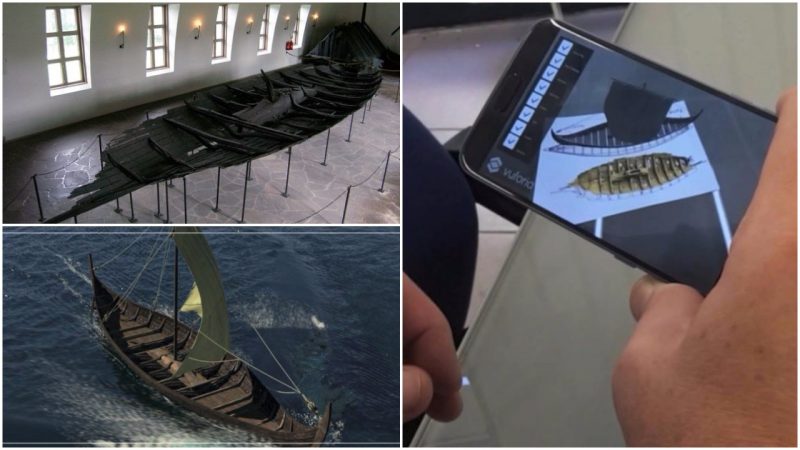The Tune Viking ship was the first Viking vessel to have been excavated, and it is one of the best preserved Viking ships in existence. Locally known as the Tuneskipet, it is a small type of longship that uses a broad hull.
The vessel was found at Haugan farm, located on the island of Rolvsøy in the parish of Tune in Østfold, Norway, hence the name. The ancient ship was recovered from a ship burial mound, or “Båthaugen,” derived from “haugr,” the Old Norse for a mound or barrow. The discovery was made in 1867, thanks to Oluf Rygh, acknowledged to be one of the founders of archaeology in Norway.
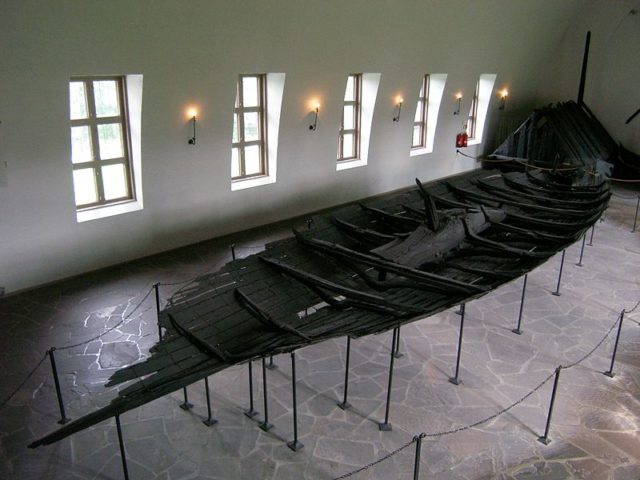
Though preserved in fragments, it is estimated that the Tune ship may have been up to 72 feet long. It is 14.3 ft wide and would have most likely contained up to 12 pairs of oars. Having a strong gunwale, thick cross beams, and a fairly rugged construction, the vessel is believed to have been created around 900 AD.
While one can get the sense of the Vikings by paying a visit to the Viking Ship Museum in Oslo, imagine what that feeling might be when sailing on board this reconstructed ship.
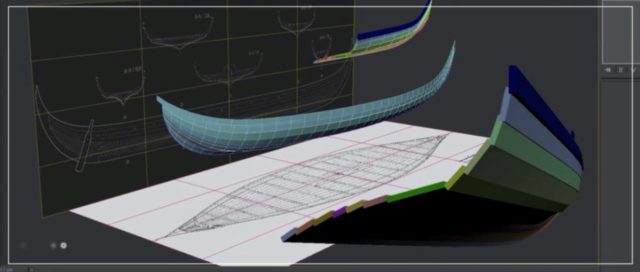
An initiative was recently launched by the newly established Tuneksipet Drift AS. This nonprofit company aims to bring back the Tune Viking Ship to its former splendor. The project seeks to reconstruct the ancient vessel full-scale, and in addition, provide a Viking Adventure Experience on the river Glomma in Norway, as stated on the website, Odins Treasure.
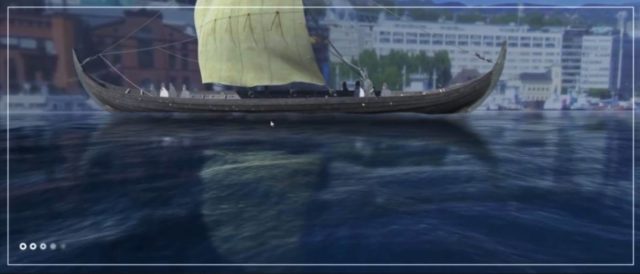
The Viking ship is to be built in public in Fredrikstad and will use original materials, tools, and construction methods, re-creating a Viking environment, and so reflecting how the vessel would have originally been made. The reconstruction effort will be led by boat builder Geir Magne Røvik and scientist and archaeologist Knut Paasche. In the past, the duo has successfully led the construction work of the New Oseber Ship in Vestfold, Norway.
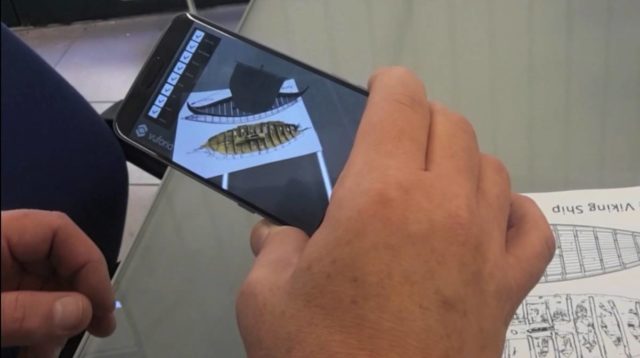
Imagine the atmosphere in such a public shipyard: the sound of axes mingles with the smell of wood, smoke rises out from the blacksmith forge while visitors enjoy a delicious Viking treat. Boat builders and volunteers will all be wearing genuine Viking clothes. Apart from seeing the vessel being brought back to life, visitors at the shipyard will also be able to test how good they are at archery or try out their bargaining skills at some of the surrounding Viking stalls. Storytellers will also ensure that the incredibly rich Viking stories of old are shared and remembered by everyone there.
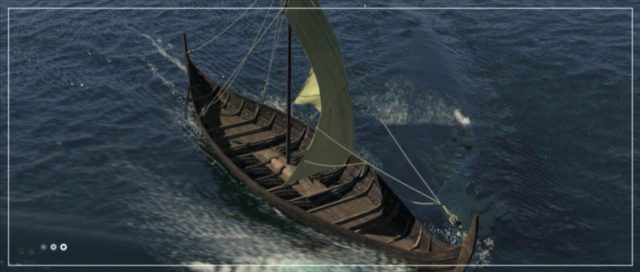
The initiative is being warmly welcomed as 2017 marks the 150th anniversary of the Tune Viking Ship discovery. As the people behind the project also point out, “The ship is part of the Norwegian cultural heritage, and safeguarding it recognizes its importance in history. Bringing the Tune Viking Ship back, not only honors the accomplishments of the Vikings, it also inspires our next generation of traditional boat builders.”
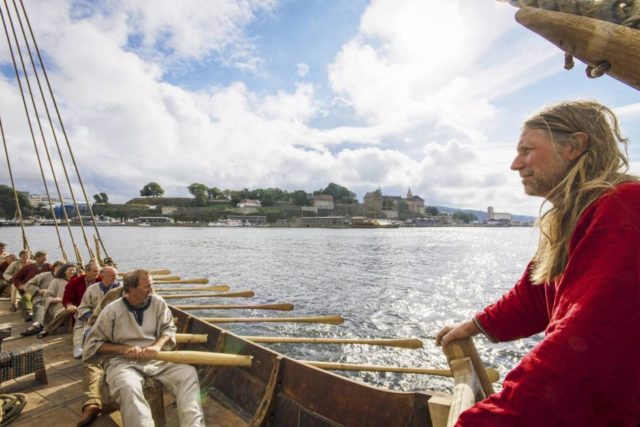
Knut Paasche from the lead team has further developed a reconstruction proposal and 3-D models depicting the completed ship. He has created a mobile app that brings additional innovation to the entire project. For instance, the app enables teachers to use it as a new tool for sharing their knowledge of the vessel and enable students to engage in history in a totally new way.
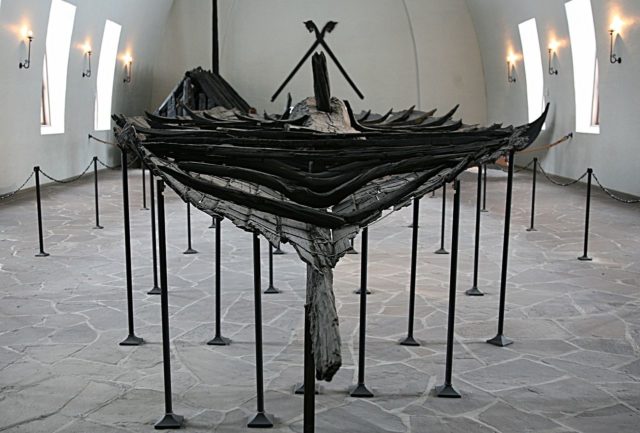
The reconstruction of the historically important vessel could have an international impact. The finished ship will certainly offer a more tangible way of approaching history and will add to knowledge on Viking ships overall. The full reconstruction will contribute to the collection of the world’s best-preserved ships originating from the Viking era.
Experimenting with rigging and sails could provide new insight into how Viking voyages looked. Avid enthusiasts of Viking culture can support the idea by pledging their contributions at Odins Treasure.
In return, among other rewards, backers may be rewarded exclusive tickets for the maiden journey of the ship or even have an engraved name plaque in the shipyard.
